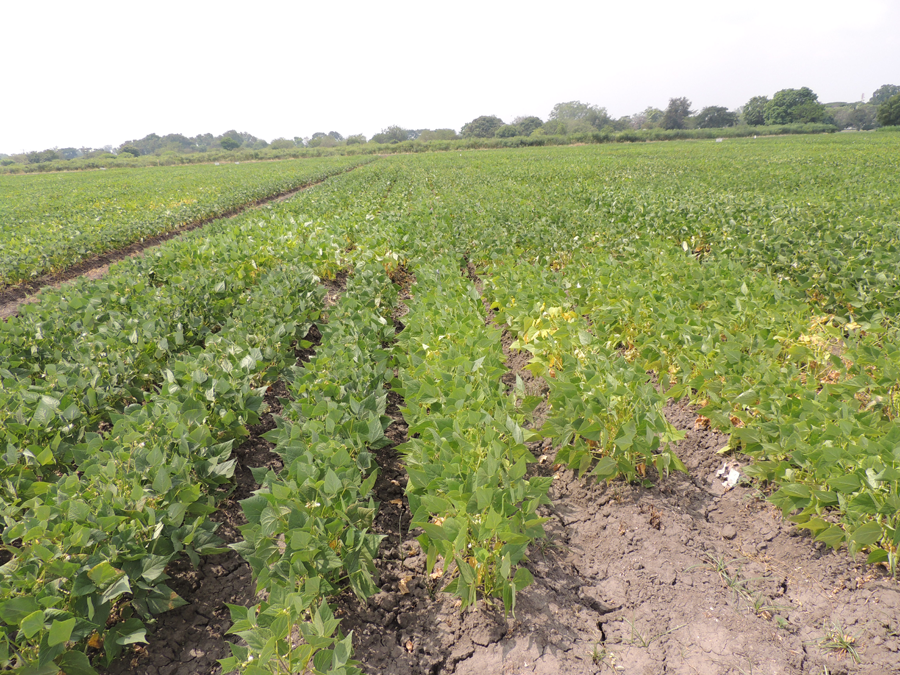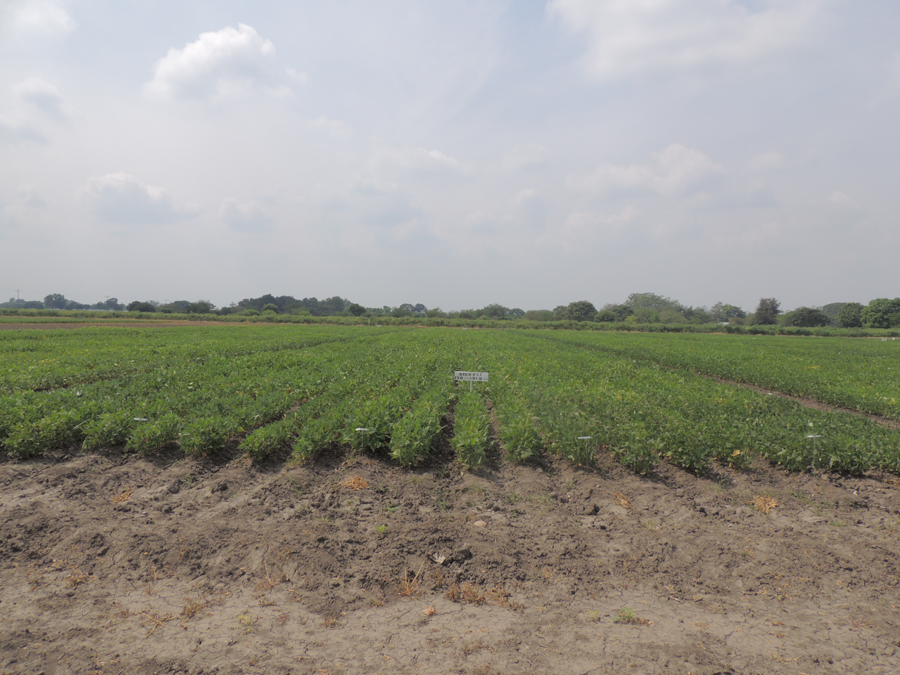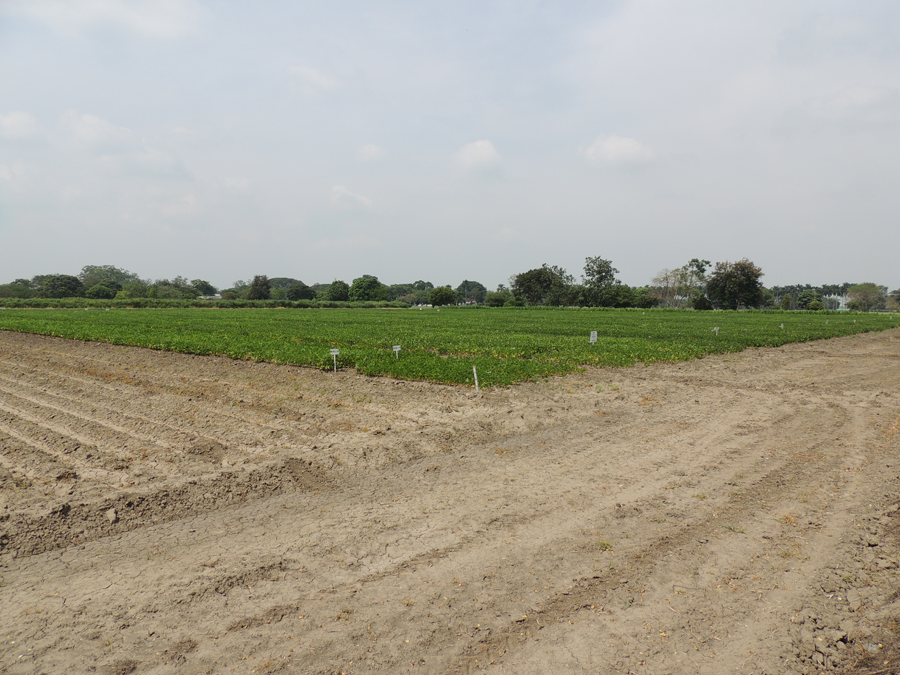Eight bean lines with the perfect combination: drought resistance and high grain yield

NCB 280, NCB 226, SEN 56, SCR 2, SCR 16, SMC 141, RCB 593, and BFS 67, these are the technical names of the eight elite bean lines identified as parents to start new crossings improved for drought resistance at CIAT’s Bean Program. It has thus been reported in the recently published paper entitled Effective use of water and increased dry matter partitioned to grain contribute to yield of common bean improved for drought resistance.
This is the result of two years of teamwork between Universidad Autónoma de Barcelona and CIAT’s Bean Program, with support of the Bill and Melinda Gates Foundation and the United States Agency for International Development (USAID). There is no doubt that this is good news to keep celebrating the International Year of Pulses, where beans are one of the main crops, taking into account that nearly 400 million people, especially in Africa and Latin America, consume it on a daily basis.
For bean crop, drought and heat are two main abiotic stress factors limiting production of a proper amount of good quality grains. The importance of this study lies in the fact that, by using a pioneering approach, it contributes to responding the two-fold objective of identifying specific morphological and physiological traits that would help the breeding programs to select beans resistant to drought, as well as to select genotypes with desirable traits that can be used by those breeding programs as parents to improve drought resistance.
After evaluating 36 advanced bean lines, and based on the results of different parameters related to water use, growth, and production, CIAT researchers classified the drought-resistant bean lines into two groups: water savers and water spenders. This is the first time drought-resistant bean lines are classified according to their performance on water use, applying the “effective use of water” concept, understood as the ability of a plant to capture water to maintain its growth, development and yield processes under stress conditions.
The results show that drought resistance in common beans from the group of water spenders is related to the effective use of water to produce biomass, combined with an increase in dry matter partitioning from vegetative structures to pods and seeds, producing many pods with a good number of well-filled grains. Water spenders are bean lines that would adapt very well to semi-arid conditions with intermittent droughts and soils that retain more moisture.
José A.Polanía, Young Researcher, CIAT
Meanwhile, water savers are bean lines that show higher water use efficiency, that is, they produce more grains with less water, combined with a moderate growth and a better mobilization of plant reserves for pod and grain production. These water saver lines with higher water use efficiency are recommended for arid zones, where terminal droughts prevail and soils have a poor moisture holding capacity.
“We are pioneers in classifying drought-resistant bean lines according to their performance on the use of water and in recommending genotypes that show a combination of specific traits. Two factors that lead to a potential improvement of specific varieties suited to the type of drought and agroecological conditions of the bean-growing areas.”
José A. Polanía


